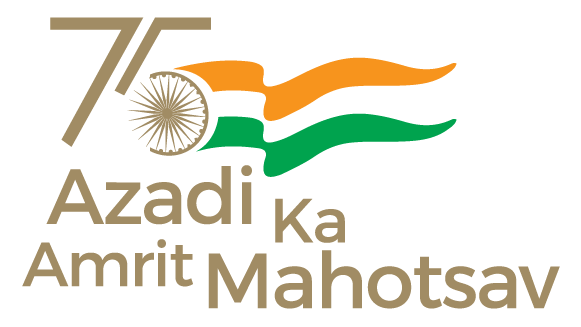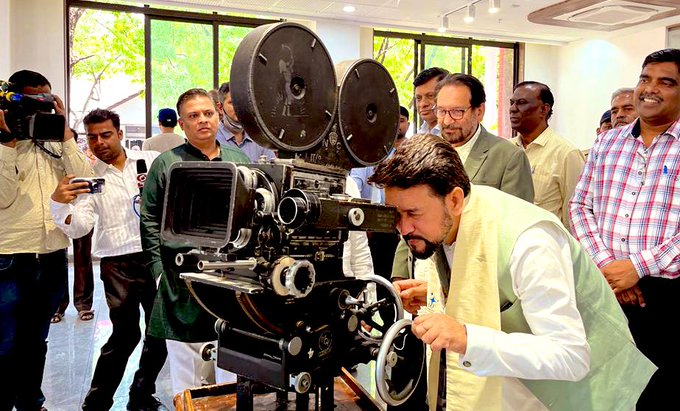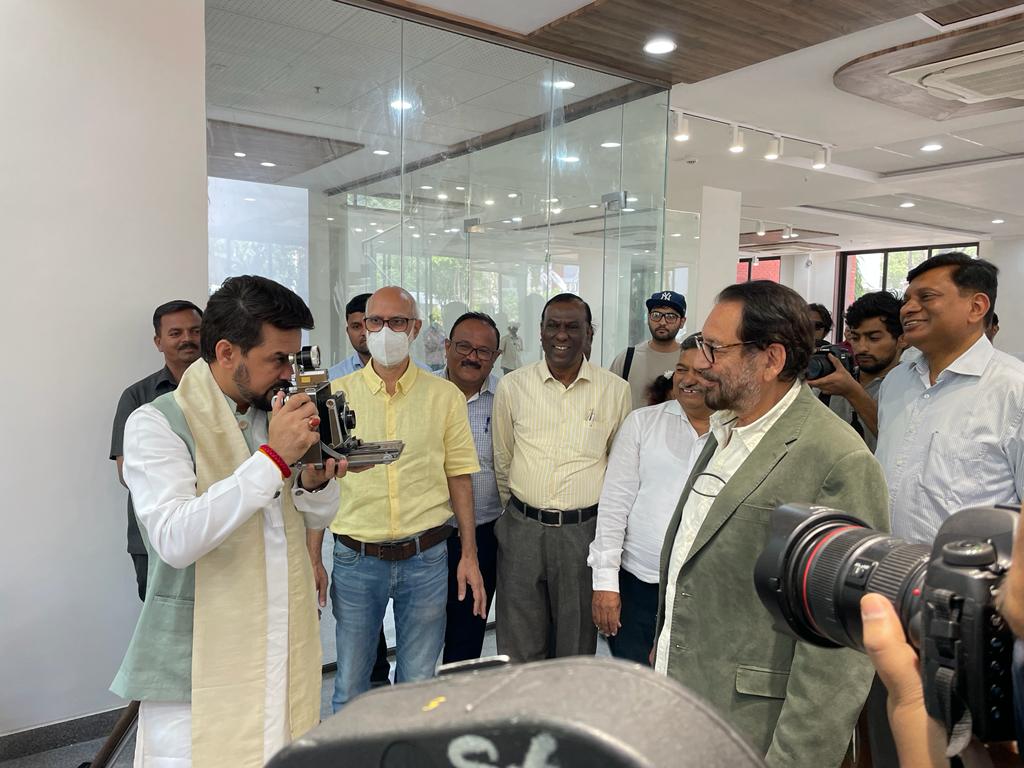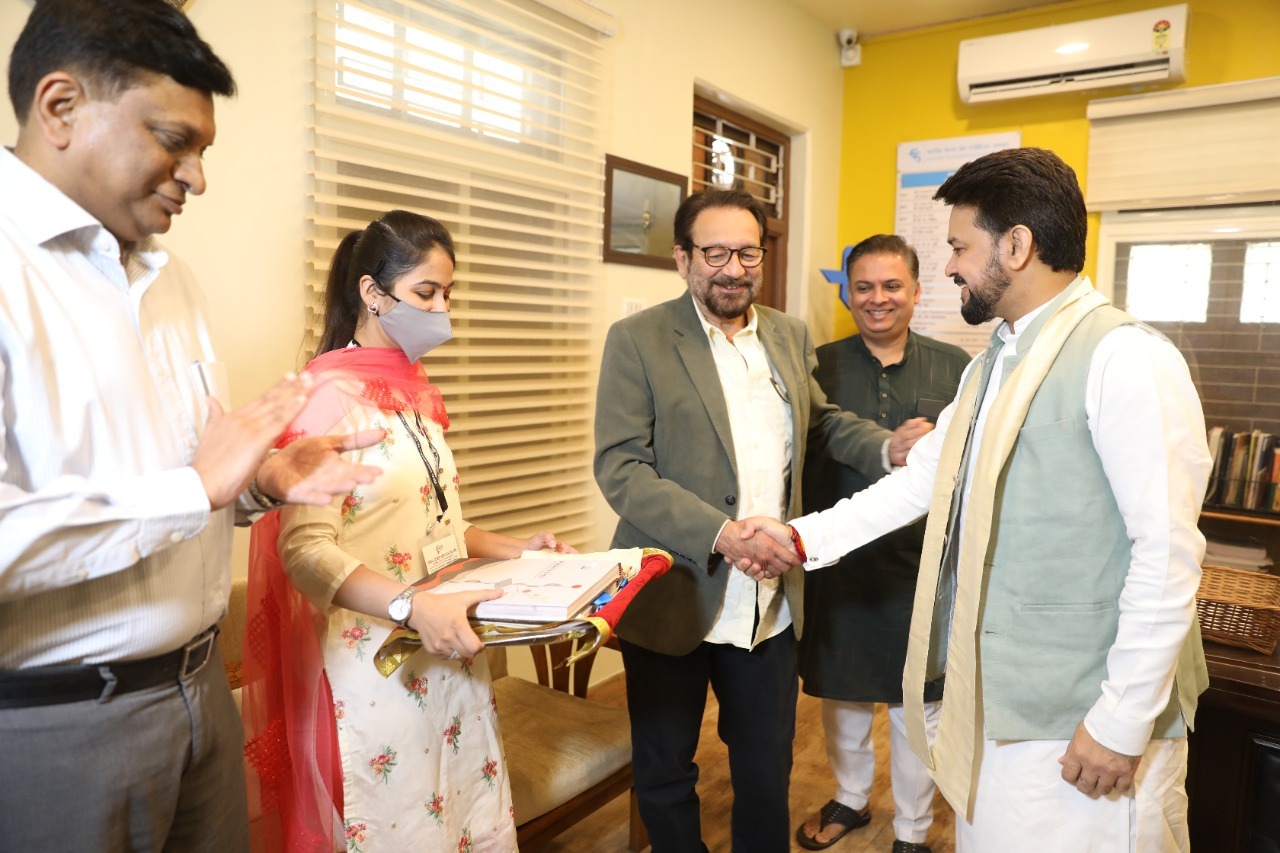Due to human hunting and habitat destruction, many animals are now at risk of extinction. To create awareness and help turn the tide, South Africas Springbok Casino has published information on 10 of the Most Endangered Species. This month Springbok players can take 25 free spins on the new Thai Emerald slot game from Realtime Gaming.
Johannesburg, South Africa – WEBWIRE – Friday, April 1, 2022
“Humans are responsible for the sharp decline in these animals populations,” said Springbokss manager, Daniel Van Wyk. “Its up to us to turn things around. Its not too late!”
Due to human hunting and habitat destruction, many animals are now at risk of extinction. To create awareness and help turn the tide, South Africas Springbok Casino has published information on 10 of the Most Endangered Species.
Click here to watch video version of this casino news story
The pangolin is one of the most trafficked mammals on Earth. Killed and sold for their meat and for use in Chinese and African medicine, their population has declined by 80% in the last 20 years.
As a result of poaching and habitat loss, there are only 67 Javan rhinos left in the world and only about 80 Sumatran rhinos.
The vaquita porpoise is the most critically endangered mammal on the planet, with only 10 individuals remaining due to the use of huge floating gillnets.
Hunted for their meat and shells since the ancient Egyptians and Romans, Hawksbill turtles are now critically endangered.
The destruction of the tropical rain forest in Borneo and Sumatra is the main reason orangutans are threatened with extinction.
A century ago, up to 80,000 tigers roamed India. Today, as a result of trophy hunting and a market for tiger rugs and coats, there are only about 3500.
There only an estimated 20,000 to 40,000 Asian elephants left in the wild. In the 19th century there were 3-5 million African elephants. Now there are only 415,000.
More information on these endangered species can be found at https://www.springbokcasino.co.za/weareendangered.
This month Springbok players can take 25 free spins on the new Thai Emerald slot game from Realtime Gaming.
FEBRUARY FREE SPINS
25 Free Spins on Thai Emerald
Coupon Code: NOTOOLATE
Available until April 30, 2022
Springbok Casino, South Africas favourite online casino, has hundreds of slots and table games, all played in rands. Customer service is available in either English or Afrikaans,
Mar 17, 2022 | Business
NEC Corporation (TSE: 6701) has developed the world’s first LHZ scheme(1) unit cell facilitating scaling up to a fully-connected architecture using superconducting parametron(2) quantum bits (qubits). NEC has succeeded in demonstrating quantum annealing operations using these qubits, which will enable high accuracy calculations. Via this achievement, NEC has made further progress toward the production of a quantum annealing machine(3), which is a type of quantum computer.
Combinational optimization is important for finding solutions to complex social issues. It aims to find the optimal solution from an enormous set of potential choices. In 1999, NEC developed a superconducting qubit for use in gate-type quantum computers. Since then, NEC has applied the technology in the research and development of a quantum annealing machine using superconducting parametron qubits that can solve combinatorial optimization problems at high speed and with great accuracy.
NEC has developed a four qubit unit cell of the LHZ scheme. This enables scaling to multiple fully-connected logical qubits utilizing superconducting parametron and circuit coupling technology. NEC has achieved a world first by successfully solving small-scale combinatorial optimization problems via quantum annealing using this new technology. In another world first, NEC has also developed a three-dimensional structure technology that efficiently connects many LHZ scheme unit cells arranged in a tile pattern with external devices.
By replicating the unit cell in a tile pattern, it is possible to easily create a structure where many qubits are logically connected to each other, whilst maintaining the features of the superconducting parametron that allow it to perform calculations with high accuracy. NEC has made progress toward the realization of a quantum annealing machine that can solve large-scale and complex combinatorial optimization problems at high speed.
NEC is working to develop a quantum annealing machine using superconducting parametrons as a project(4) commissioned by the New Energy and Industrial Technology Development Organization (NEDO). NEC is currently conducting research and development to improve the integration of superconducting parametrons in a fully connected architecture, with the aim of realizing quantum annealing machines by 2023. NEC will use these results as building blocks to further accelerate the development of quantum computers.
(1) LHZ scheme: LHZ is an abbreviation for a technique proposed by Lechner, Hauke and Zoller. As the number of qubits increases, it becomes difficult in hardware to directly connect each qubit to each of the other qubits. To solve this problem, ParityQC proposed with LHZ a transformation that enables fully connected qubits to be obtained using qubits that are physically connected to only their nearest neighbours. A unit cell, composed of four qubits and a central coupling circuit connecting them can be replicated using a tile-like pattern.
About ParityQC: https://parityqc.com/
(2) Superconducting parametron: A superconducting resonant circuit composed of Josephson junctions and capacitors which oscillates with different phases and can be used as a qubit. The lifetime of the qubit (which determines the upper limit of the time for which high-speed operation is possible) is an order of magnitude longer than that of magnetic flux qubits. It is expected that calculations performed within a fixed time period will have improved accuracy.
(3) Quantum Annealing Machine: A computer that exploits the laws of quantum mechanics to search for the minimum energy state of a cost function. The minimum energy state corresponds to the solution of the combinatorial optimization problem. The smallest unit to be calculated is a qubit. As the number of qubits increases and the connectivity between the qubits increases, larger and more complex combinatorial optimization problems can be solved.
(4) Project for Innovative AI Chip and Next-Generation Computing Technology Development
https://www.nedo.go.jp/english/activities/activities_ZZJP_100123.html
About NEC Corporation
NEC Corporation has established itself as a leader in the integration of IT and network technologies while promoting the brand statement of “Orchestrating a brighter world.” NEC enables businesses and communities to adapt to rapid changes taking place in both society and the market as it provides for the social values of safety, security, fairness and efficiency to promote a more sustainable world where everyone has the chance to reach their full potential. For more information, visit NEC at https://www.nec.com.
Copyright ©2022 JCN Newswire. All rights reserved. A division of Japan Corporate News Network.
Sep 18, 2021 | Business
Are the next generation of business leaders familiar with the world of Blockchain technology and the many real-world applications it offers? From dAPPs to DeFi to NFTs, unique applications of blockchain technology are growing at an exponential rate.
The issue for Higher Education will be the pace at which the DeFi industry moves. Universities and colleges that are able to build flexible curriculums, easily adapted to accommodate new advances in decentralized technology, will win in the minds of the students who need to embrace these skills for the future. Investing in the future of Higher Education by issuing Blockchain certifications is one way to ensure that students are involved and informed when it comes to the future of the industry.
There are some obvious topics for study around governance, supply chain and business models that adopt blockchain technology solutions into current processes. Furthermore, there is room to examine and learn from use cases for blockchain, like provenance, traceability and payments. Also, researching the future of blockchain integrations with other technologies is a sure topic for a dissertation.
Ryan Williams, Executive Director of the Blockchain Academy explains why adoption of blockchain specific training within higher education is essential: “We are seeing a growing demand for the courses and truly believe that blockchain ed will play an important role in developing the skills of the future workforce.”
“As with everything in life, the more one knows about a subject matter, the less threatening and more exciting it is. Education is a key tool in driving the future of Blockchain technology,” says Ryan.
Universities that recognize the potential of blockchain technology and adopt the best approaches to embedding vetted course material will be best positioned to prepare students for the future of work. The Kautz-Uible Economics Institute at the University of Cincinnati teaches students how to successfully navigate this new world of monetary innovation by explaining how incentives, regulation, and market competition influence cryptocurrencies’ future trajectory.
“Student interest in blockchain technologies and cryptocurrencies has grown leaps and bounds in just the last few years. I am excited to teach cryptocurrencies because they lie at the intersection of economics, computer science, and mathematics. Through a partnership with The Blockchain Academy, students at the University of Cincinnati will learn fundamental and technical analysis of cryptocurrency portfolios,” says Michael Jones, Ph.D. Academic Director, MS in Applied Economics, University of Cincinnati.
The Blockchain Academy has already partnered with over 16 prestigious Universities and institutions across the world, including the University of Cincinnati, Oklahoma State University, University of Alberta, University of California Santa Barbara and Rutgers University. The training offered covers a wide array of students across multiple disciplines, including: economics, business and technology. Future leaders and business executives will need to be familiar with blockchain and how it applies to different sectors of our economy. From blockchain foundations to enterprise blockchain solutions to crypto trading, the range of courses will provide a thorough understanding of the blockchain landscape.
The supply needs to be met to match the current demand. Students are interested, blockchain organisations need a skilled workforce and colleges need a broad range of qualified instructors to guide students in the world of blockchain ecosystems.
This is much more than getting a degree in Software Engineering or Business Studies, it is a combination of all of the training necessary to enter into the Blockchain Industry at many different levels. Although decentralization has been a driving force behind blockchain adoption, mainstream users, celebrities and countries are getting involved in the future of how this technology is used.
NFTs alone are a thriving source of further study and research projects. Sales volumes recorded on the largest NFT trading platform, OpenSea, hit $1.9 billion so far this month. DappRadar recorded 32 known NFT sales above $1 million in the past 30 days. These transactions are not only enormous but also show that the world of NFTs is expanding and the volume of crypto being exchanged will provide stimulus for further investment.
It is well reported that historically Universities have played a vital role in getting new industries off the ground. However, the world of decentralized finance is somewhat skeptical of traditional institutions and vice versa. This means that the eagerly awaiting learner resorts to community led learning or self-education through the many online platforms. With this approach however, the student is often left overwhelmed, without credentials and without the motivation often needed to complete a course.
Blockchain startups have already begun to emerge from Universities that are leading the way in terms of education in this arena. Algorand from MIT and Ava Labs from Cornell are just two notable mentions.
CoinDesk ranked the top 20 Universities for Blockchain in 2020, it found that 14 of the top 20 schools are private. Not surprisingly, MIT had the most blockchain publications between 2018 – 2020. Harvard has the highest number of student placings in the blockchain industry overall. Cornell offered the most blockchain courses of all the top 20. Interestingly, of all the top 46 schools surveyed, 33 had dedicated blockchain courses and 40 (87%) had a blockchain club. This demonstrates a clear interest in the subject matter as an area of study.
Read more about this study here (https://www.coindesk.com/tech/2020/10/06/the-top-universities-for-blockchain/)
If we are to better understand the applications of blockchain technology and how it may be aligned with the future of work we must familiarize ourselves with the many types of chains in existence and how they are currently being used.
About The Blockchain Academy https://theblockchainacademy.com/
The Blockchain Academy partners with universities to prepare participants for high-growth careers in the blockchain industry. To bring structure and growth to the blockchain workforce The Blockchain Academy develops a robust curriculum and provides instructional support services towards achieving micro-credentials and certifications that employers and project managers can trust. Knowledge transfer on EOS, Corda, Hyperledger Fabric, Ethereum, Hashgraph, Algorand, Polkadot, Solana, architecture, security, business Strategy, and industry specific impacts, such as Finance (De-Fi), Accounting and Supply Chain.
Aug 18, 2021 | Business
Hot off the worldwide success of “Smart Cities for Dummies,” Dr. Jonathan Reichental, a well-known world authority on the future of cities, has teamed up with children’s book author on popular STEAM topics (STEM with Arts), Brett Hoffstadt, to create the world’s first kids activity book focused on smart and sustainable cities.
The book, released on August 2, is called, “Exploring Smart Cities Activity Book for Kids,” and it provides an engaging and unique educational experience for children ages 3-11 years old. The book opened on Amazon as the number one new science book for kids.
Through fun and interactive activities, in addition to a wonderful rhyming storyline, this book will help kids explore the future of cities while putting them in the historical context of how cities began and evolved over time.
In the book’s 120 pages, there are over 50 engaging learning activities that include coloring, mazes, drawing, word searches, crosswords, and more.
In a world of smartphones, tablets, and their associated solo activities, this book encourages kids to engage with others through paper-based games and face-to-face discussions to help–among many skills–the development of critical thinking and social skills.
The activities and rhymes will provide endless hours of fun and enjoyment at home and at school, with ample opportunities for topics to inspire a child’s interests now and into the future.
Reichental said, “With over half the world living in cities now and between 2-3 million more people moving into them each week, it’s clear our future belongs to cities. Brett and I created this book to help kids understand the challenges that exist in our urban communities and the amazing opportunities that are ahead. I hope that many kids are inspired by this book to be part of building a better future for all.”
Hoffstadt added, “Whether kids are interested in alternative transportation such as drones or autonomous vehicles, alternative energy, sustainability, or the internet of things (IoT); these are some of the many topics that are made more exciting and meaningful through games, puzzles, critical thinking skills, and creative artwork.”
Creating and adopting new ideas that improve quality of life is what smart cities are all about. It’s why they are important to all of us, including kids.
By taking an interactive journey through this first-ever kid’s book about smart cities, children will not only gain valuable knowledge about the future of cities from a world-recognized authority on the topic, but they may also be inspired to grow up and be part of creating a better world.
“Exploring Smart Cities Activity Book for Kids” is an independent book release under the Innovation Fountain brand. The book will be initially available from Amazon.com. More details can be found here: www.smartcitybook.com/kids





![]() @PIBMumbai
@PIBMumbai  /PIBMumbai
/PIBMumbai ![]() /pibmumbai
/pibmumbai  pibmumbai@gmail.com
pibmumbai@gmail.com
